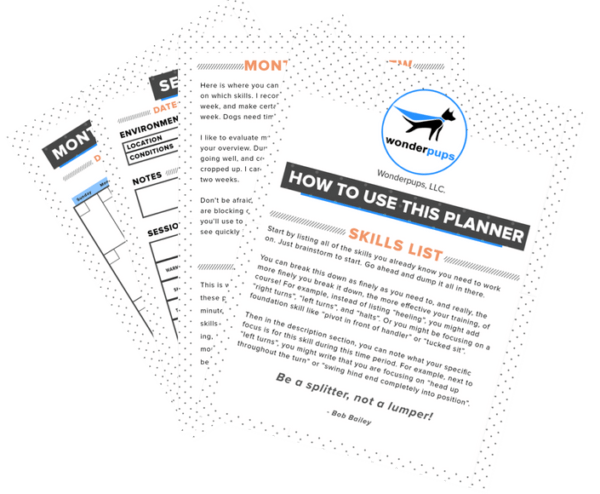This weekend I had the rare opportunity to attend a clicker training for horses workshop with the talented Peggy Hogan. When I found out Peggy was coming to my state, I knew I had to make time in my schedule to come train. When I got there (sans horse), I discovered I’d also have the opportunity to play with, I mean train, baby goats (OMG. I need one!) AND the fuzziest donkey ever (OMG! I NEEEEEEEEED one!!!). SO awesome!
But why would someone, who makes a living from training dogs, bother to give up a *precious* free weekend day to go to a horse training clinic (and charge it as a business expense)?
Well, partly because part of me will always be that horse-crazy 9 yr old girl inside (the part that isn’t a 13 yr old laughing hysterically at inappropriate humor).
But also because working with, and watching other species training does in fact enhance my skills as a dog trainer and teacher. It’s very cool to see similar behaviors and physical actions play out on a much larger frame. While horses are not dogs, and there are certainly many physiological differences, there is a lot of musculature in common with all quadrupeds. So small muscles movements are much easier to see when the muscle is the size of your head than when it’s the size of your thumb. So often, the high precision behaviors I am trying to teach for my sport come down to small muscle movements and weight shifts. Even if you intellectually know what your criteria should be, there is a practical challenge in being able to observe and act on tiny muscle movements that occur in a fraction of a second. Fortunately, our brains have this wonderful ability to LEARN what parts of the picture are relevant, and which to filter out… that makes the job of processing the visual input (i.e. identifying when the movement happens so you can know when to click) more efficient with practice.
And of course, like everything else, HOW we practice matters… and this is a great place to apply good shaping principles. In fact, one reasonable split for your brain, would be to watch the muscle movement in question happen in slow motion and/or much larger, and therefore easier to see. So by watching a hamstring activate in a horse, I am training my brain to recognize that pattern, so that I can apply it to recognize when the hamstring activates in a dog. Starting with an easier version of the behavior (observing movement in horses) to get reinforcement history, and then transferring that skill to the more difficult scenario (dogs). Shaping! So even without a clicker in my hand, watching Peggy and her students shape the horses to back up, move forward, and turn side to side, actually improves my timing, by improving my processing skills.
Cool right? And I can do it all from a lawn chair while never putting down my diet coke!
So that makes it a legitimate professional event. But there are even more advantages that feed my soul as much as my skill set. Getting out of the office to spend an entire day with a group of humans, who care as much about animals as I do, and are motivated to find force-free solutions in working with their animals is nothing short of solid gold. There is really nothing better for re-energizing my purpose than that kind of in-person social support. I got to see the science/magic of clicker training in action, bringing new learners out of their shells (both quadruped and biped), and that is the sort of miracle that never gets old. I know people say that about birth, but in my experience, the miracle of life is messy and dangerous, and there is a lot of laundry afterward. Clicker miracles are beautiful, clean, and smelled entirely of warm hay and molasses.
An added bonus was watching “the donkey whisperer” Theresa McKeon (just kidding! Anyone who has met Theresa knows she’s not a whisperer by any meaning of the word.) build trust and confidence in a shy donkey. Going from being too nervous to even take food, to offering targeting behaviors, and actually PLAYING with the her… in one afternoon! These transformations make my heart sing. 🙂
(And for future reference, baby goats and donkeys are now on my Christmas list. But don’t tell my husband.)
